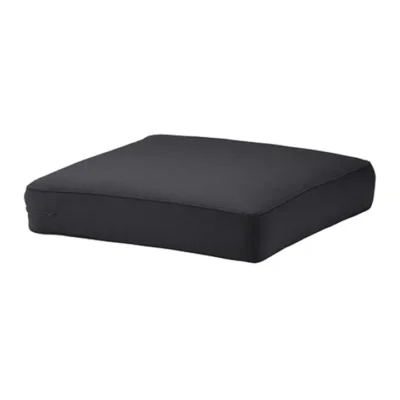Automotive Cushioning
Polyurethane (PU) foam is a key material in automotive cushioning due to its excellent balance of comfort, durability, and cost-effectiveness. Here’s a breakdown of its applications, benefits, and technical considerations in the automotive sector:
Description
Types of Polyurethane Foams in Auto Interiors:
| Type | Characteristics | Usage |
| Flexible PU Foam | Soft, compressible | Seat cushions, headrests, armrests |
| High Resilience (HR) Foam | Better elasticity & durability | Premium seat systems |
| Viscoelastic (Memory) Foam | Slow recovery, pressure-relieving | Luxury headrests or orthopedic seat zones |
| Integral Skin PU Foam | Tough outer skin with soft core | Steering wheels, armrests, dash pads |
Applications of Polyurethane Foam in Automotive Cushioning:
| Component | PU Foam Role |
| Seats (cushions & backrests) | Main cushioning material for comfort and support |
| Headrests | Energy-absorbing padding to reduce whiplash risk |
| Armrests | Soft touch and ergonomic comfort |
| Door Panels | Padding for tactile feel and impact resistance |
| Steering Wheels | Foam overmolding for grip and comfort |
| Headliners & Pillars | Noise reduction and impact cushioning |
Why Polyurethane Foam is Used:
Comfort & Ergonomics: Offers customizable softness and support based on density and formulation, enabling varied firmness zones within a single seat (e.g., lumbar vs. thigh support).
Durability: Maintains shape and support over time, even with repeated use and exposure to temperature changes.
Lightweight: Contributes to fuel efficiency and meets modern automotive weight reduction goals.
Cost-Effective: Economical for mass production and moldable into complex shapes.
Customization: Can be molded in-place (MIP) with seat frames or trim components, allowing design flexibility.
Manufacturing & Processing Methods:
Molded Foam: PU is injected into molds around seat frames or other parts, expanding to fill and form.
Slabstock Foam: Large foam blocks are cut into desired shapes; more common in aftermarket or low-volume uses.
Spray or Pour-in-Place (PIP): PU chemicals mixed and foamed directly onto surfaces (e.g., structural foam behind panels).
Performance Considerations:
Density (kg/m³): Impacts firmness, durability, and cost.
Compression Set: Foam's ability to recover after being compressed repeatedly.
Flame Retardancy: Must meet automotive flammability standards (e.g., FMVSS 302).
VOC & Odor Control: Low-emission formulations required for in-cabin air quality.






